Conference of European Statisticians Statistical Standards and Studies
The UNECE Conference of European Statisticians (CES) has been involved in setting statistical norms and standards since the Conference was established. Its main objective is to improve official statistics and their comparability, promote close coordination of international statistical activities, respond to any emerging needs for international statistical cooperation, and develop and adopt statistical standards in the UNECE region. The work builds on the UN Fundamental Principles of Official Statistics, a standard that was first adopted by UNECE in 1992, and globally by the UN Statistical Commission in 1994. These principles are considered a basic framework which all statistical activities developed by national and international organizations must follow in recognizing official statistics as a public good. The Conference has enhanced its role as the principal forum for the coordination of official statistical work throughout Europe and North America. A number of standards for statistical production have been developed under the CES to support countries in the midst of the ongoing data revolution. Publications in this series provide progress assessments on Statistical Standards and Studies.
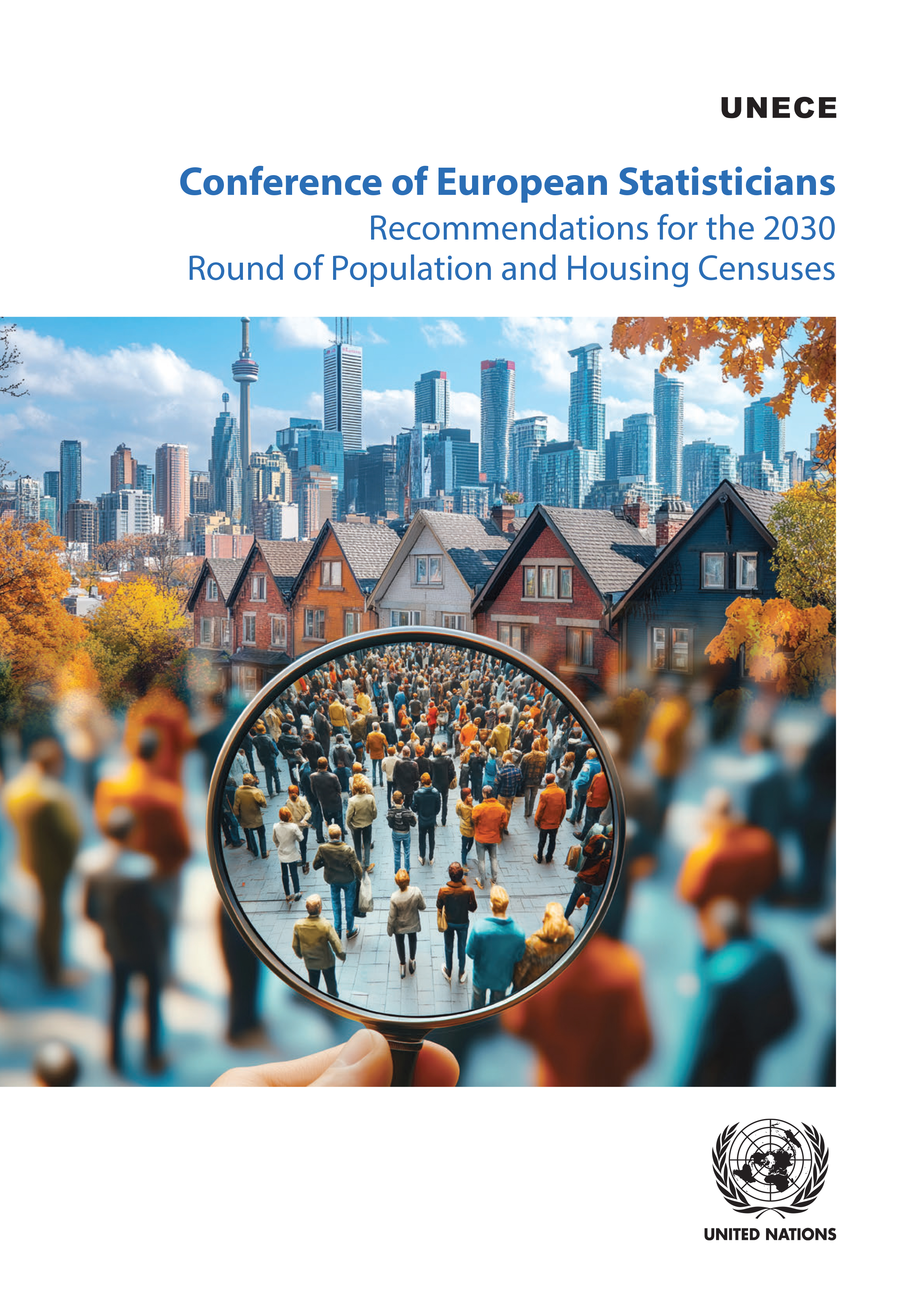
Conference of European Statisticians Recommendations for the 2030 Round of Population and Housing Censuses
The Conference of European Statisticians Recommendations for the 2030 Round of Population and Housing Censuses provide guidance and assistance to countries in the planning and execution of their population and housing censuses, with the objective to facilitate and improve the comparability of census at the UN regional level through the identification of a core set of census topics and the harmonization of concepts, definitions and classifications.
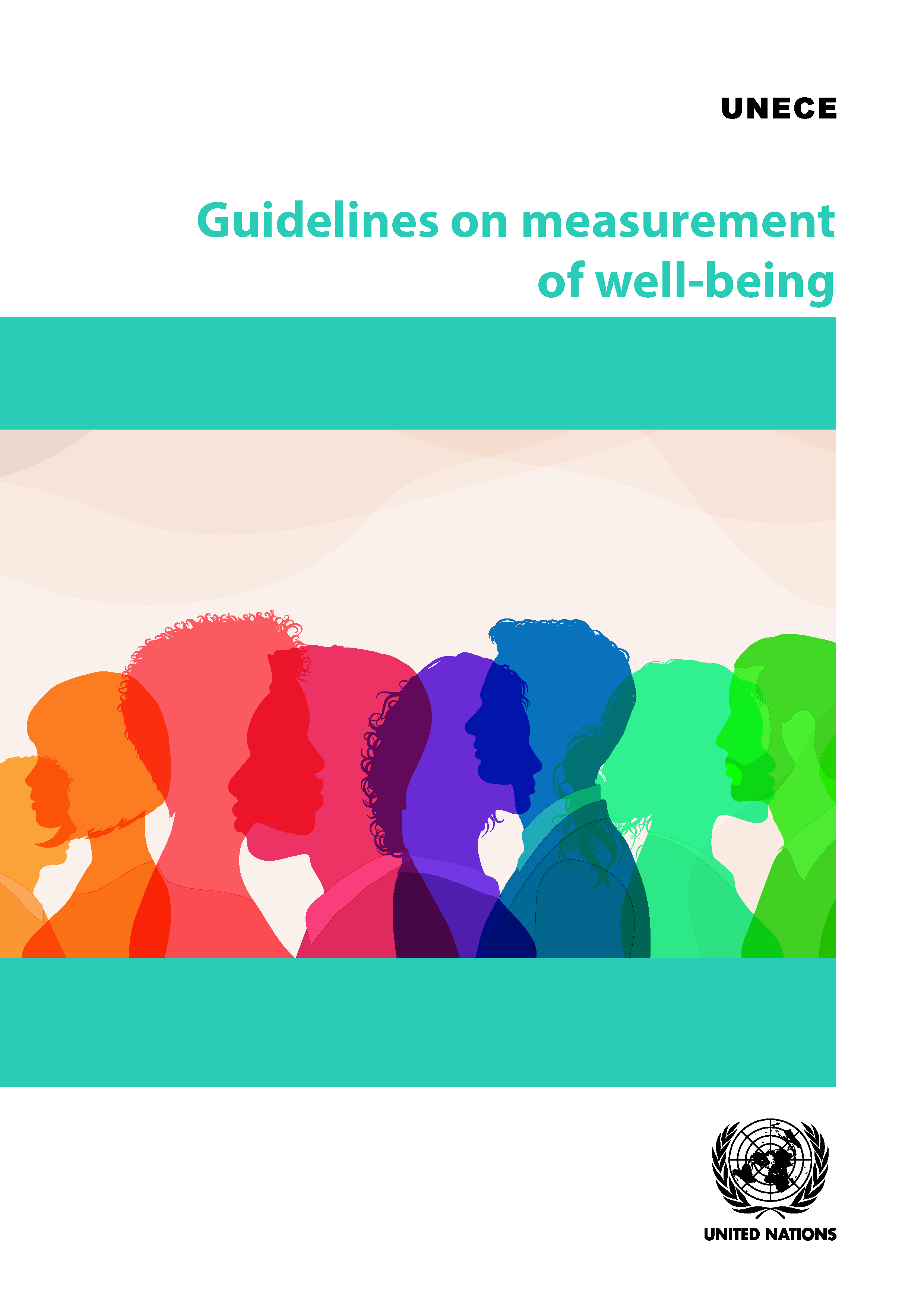
Guidelines on Measurement of Well-being
The Guidelines are targeted at national statistical offices. The guidelines focus on the measurement of well-being ‘here and now’, a subset of a broader conception of well-being that also considers well-being ‘elsewhere’ and ‘later’. The Guidelines provide recommendations on the dimensions of well-being, on the selection and compilation of statistical indicators, data sources and the dissemination and communication of well-being indicators to the public.

Sustainable Development in the UNECE Region in 2025
More Data, Persistent Challenges
This publication assesses progress of UNECE countries towards achieving the Sustainable Development Goals, relying on the data available in the United Nations global SDG indicators database in 2025. Stories on specific topics provide a closer look at how various regional and country level actions relate to sustainable development outcomes.

Changes in the Classification of Goods and Services in the Consumer Price Index
A Practical Guide
This Guide recommends suitable methods and practices for implementing changes in the classification of goods and services in the CPI. It complements the 2020 CPI Manual by presenting additional and more detailed guidance and examples of good practices for implementing classification changes in the CPI. Compilers of the CPI should continue to refer to the CPI Manual as the definitive reference for CPI compilation.

Generic Statistical Information Model (GSIM) Version 2.0: User Guide
Across the world, statistical organisations undertake similar activities, albeit with variations in the processes that they use. Each of those activities uses and produces similar information. Although the information used by statistical organisations is at its core the same, all organisations tend to describe it slightly differently and sometimes in different ways within each organisation. The Generic Statistical Information Model (GSIM) is a reference framework for statistical information. It provides a set of standardised, consistentl described information classes, which can be used as inputs and outputs in the design and the production of statistics. As a reference framework, GSIM explains significant relationships among the entities involved in statistical production and can be used to guide the development and use of consistent implementation standards or specifications. As a common language to describe statistical information, GSIM can facilitate communication within and between statistical organisations. It can provide the foundation for in-depth collaboration, standardisation, or sharing of tools and methods, and thereby plays an important role in modernising, streamlining and, aligning standards and production associated with official statistics at both national and international levels. The modernisation of statistical production is needed for statistical organisations to remain relevant and flexible in a dynamic and competitive information environment. It is hoped that this User Guide for version 2.0 of GSIM will enable statistical organisations to realise the full benefits from its adoption and implementation.

Data Stewardship and the Role of National Statistical Offices in the New Data Ecosystem
The rapidly expanding and evolving landscape of data production and sharing is an opportunity for National Statistical Offices (NSOs) to exercise their expertise in the larger statistical as well as national data community. Indeed, because of this environment, NSOs must expand their role into data stewardship in order to fully carry out their mandate. As the transformation is multifaceted, there are different interpretations of how the NSO role can and should change, and what data stewardship means in this context. In this report, the United Nations Economic Commission of Europe (UNECE) Task Force (created by the Conference of European Statisticians in 2021) has examined the issue of data stewardship through the lens of NSOs. Data stewardship is viewed as operating in service of, rather than in control of the data ecosystem and reflects an overall paradigm shift or evolution of the framework that guides how NSOs operate, moving from the production of statistics to the provision of data and data-related services. The work of this Task Force has focused on defining and explaining the foundational concepts and frameworks relevant to data stewardship. More concrete guidance and recommendations could be developed at a later stage, as a follow-up to this report. The Task Force has considered further steps to support NSOs in implementing their stewardship role, which are summarised in Section 1.4 ‘Future work’. Ultimately, the report aims to serve as a guide to statistical offices regardless of data or structural maturity. It will help offices decide whether they should extend their role as government data stewards, as well as provide inspiration and ideas to those who are already performing this function. Public data holders will also gain a deeper understanding of the advantages and services provided by NSOs in the future data ecosystem.
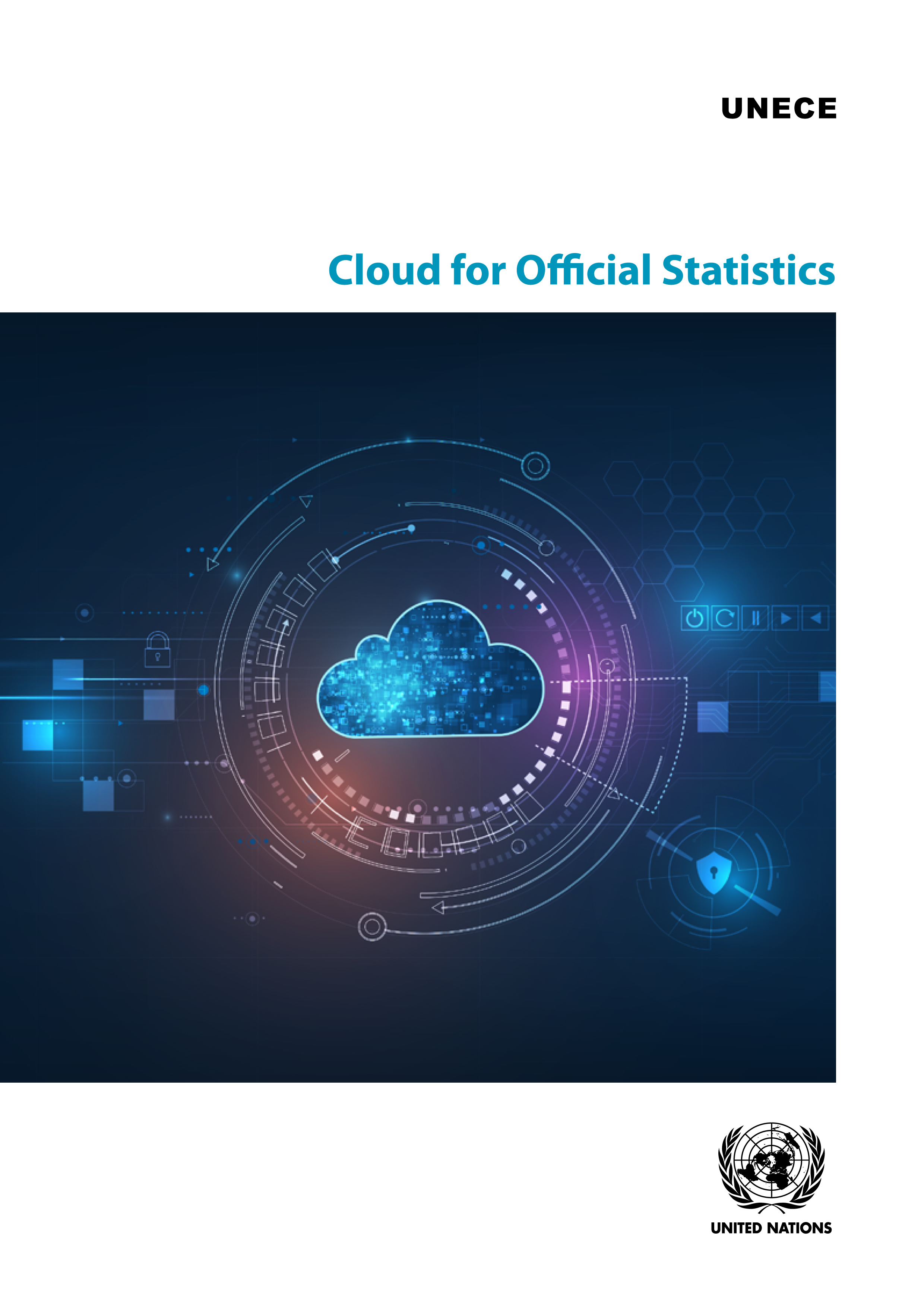
Cloud for Official Statistics
This publication aims to explore the specific barriers and challenges faced by National Statistical Organisations (NSOs) in adopting cloud technology, while also highlighting the experiences and lessons learned from official statistics organisations. By addressing these challenges and leveraging best practices, NSOs can effectively navigate the cloud adoption landscape and drive meaningful transformation in their operations. This publication shares the work of experts drawn from research on cloud adoption in organisational contexts.
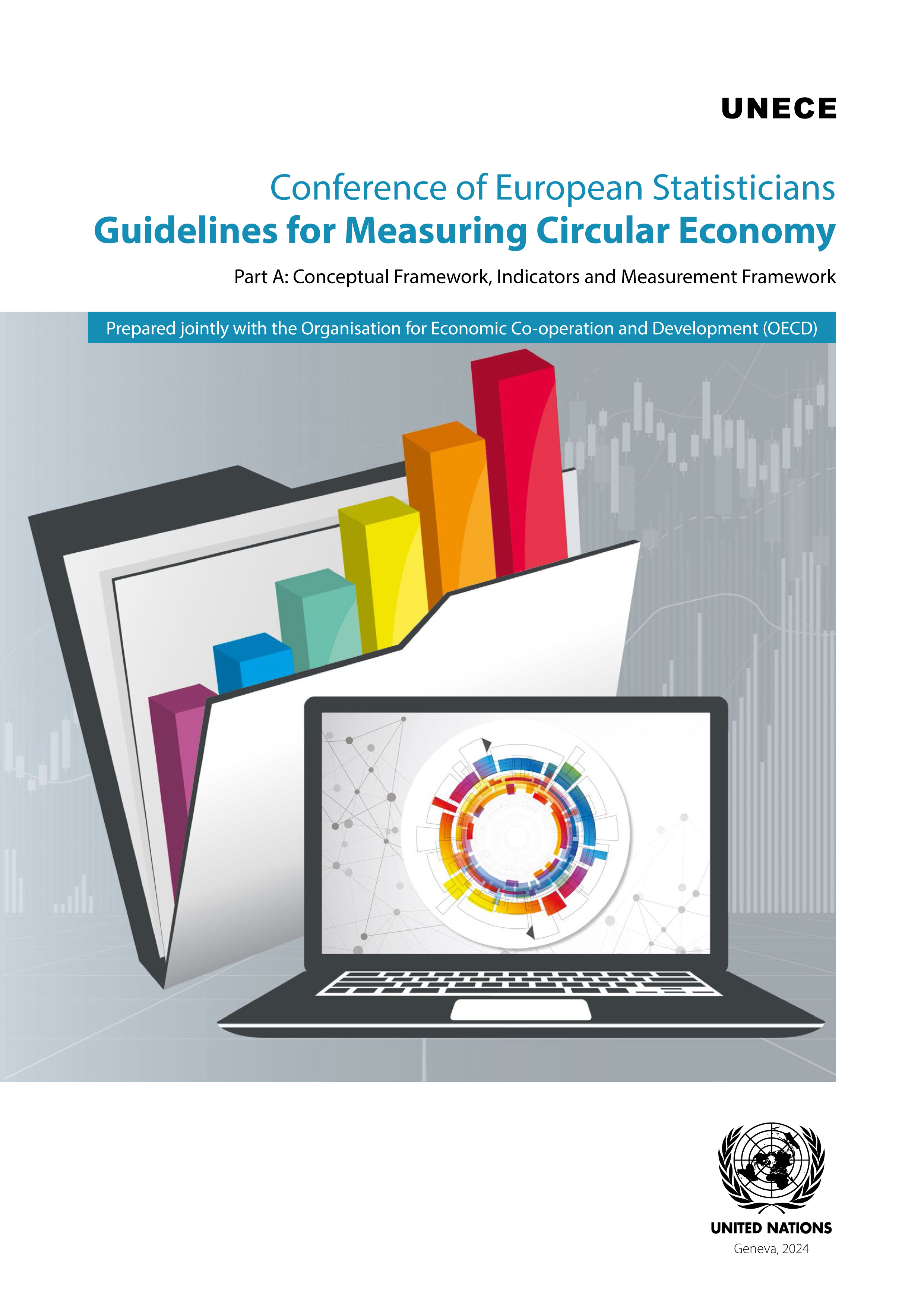
Conference of European Statisticians' Guidelines for Measuring Circular Economy
Part A: Conceptual Framework, Indicators and Measurement Framework
This publication clarifies the conceptual understanding of a circular economy from both the policy and the monitoring perspectives. The starting point is a short “headline definition” which highlights the interrelated features of all circular economy definitions: maintaining the value of materials in the economy for as long as possible whilst ensuring a positive outcome to society, and preserving natural capital (natural resources, environmental quality) and human health. The conceptual framework has four main components (material life cycle and value chain, interactions with the environment, socio-economic opportunities, and responses and actions). It is complemented with an initial set of indicators for monitoring progress towards a circular economy and a monitoring framework which discusses important measurement considerations, in particular the use of the System of Environmental Economic Accounting (SEEA) for measuring circular economy. The document also includes examples of measurement frameworks used by countries and other regional and national case examples on measuring the circular economy.
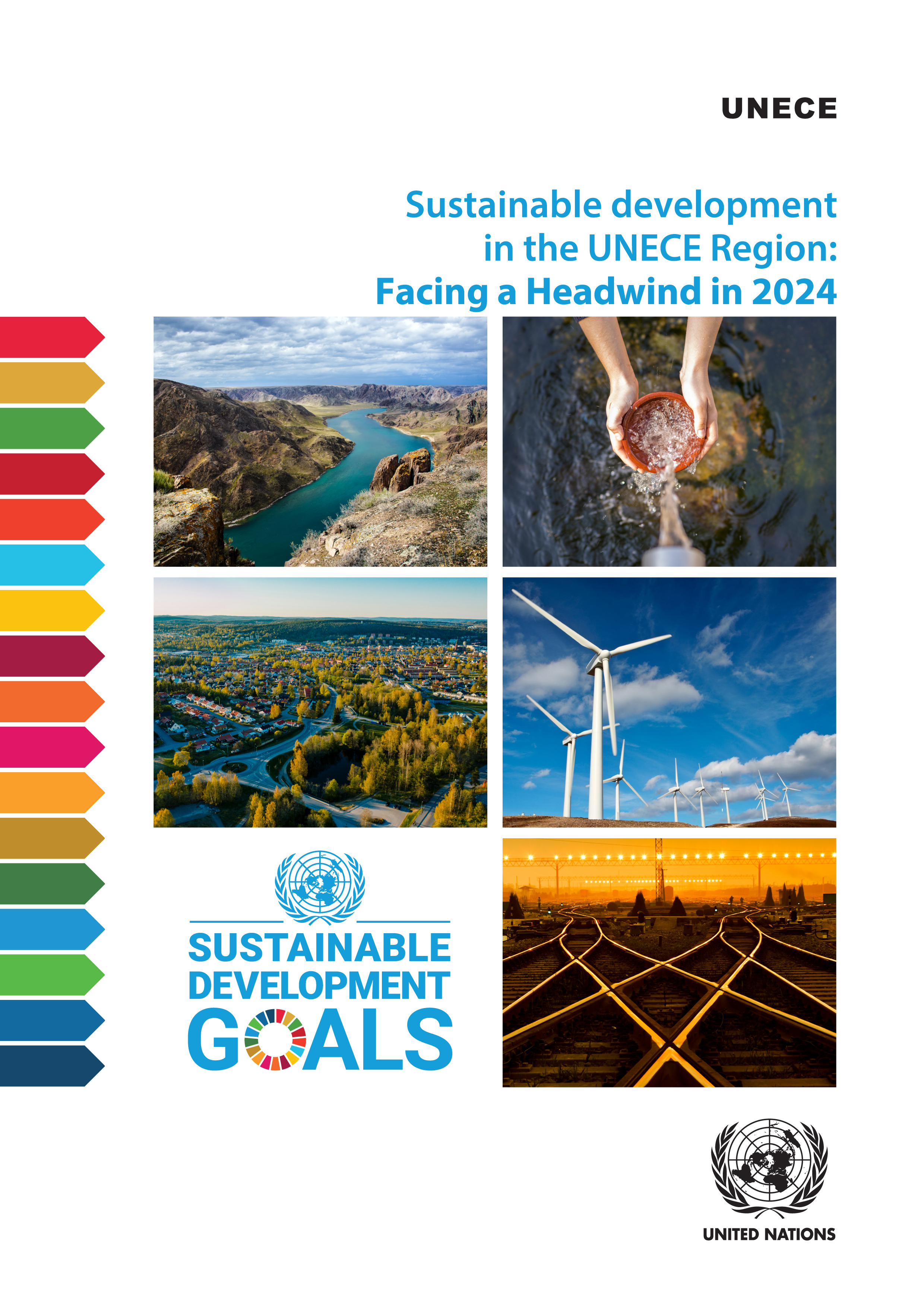
Sustainable Development in the UNECE Region: Facing a Headwind in 2024
This publication assesses progress of UNECE countries towards achieving the Sustainable Development Goals, relying on the data available in the United Nations global SDG indicators database. Stories on specific topics provide a closer look at how various regional and country level actions relate to sustainable development outcomes.
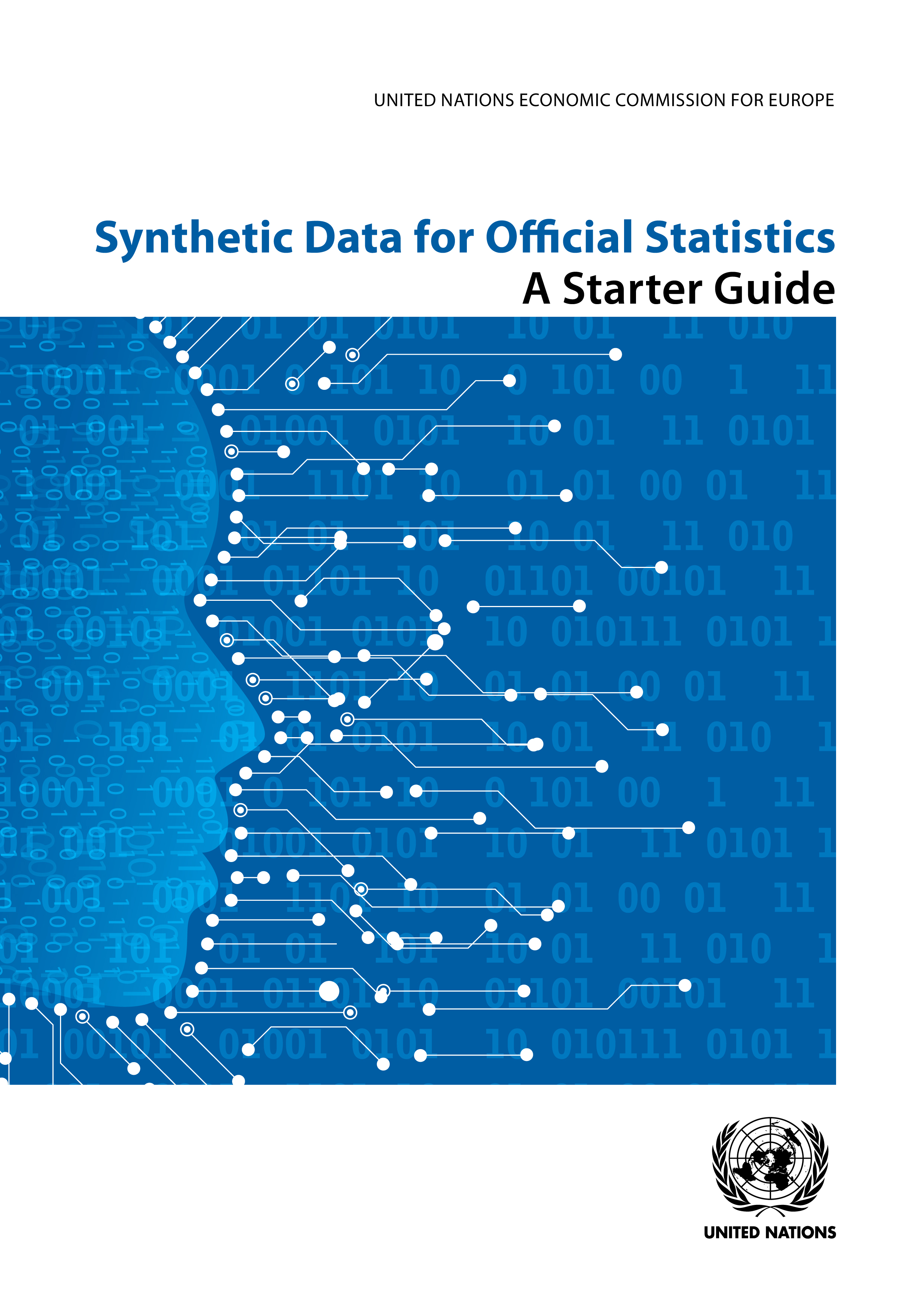
Synthetic Data for Official Statistics
A Starter Guide
This guide is for those working in NSOs who are involved in managing access to statistical data, and who wish to explore the possibility of using synthetic data as a possible method for users to access it. The guide highlights some recent successful applications of synthetic data by a number of different NSOs, and introduces some of the different approaches that can be taken to creating synthetic data, including recommendations on which approaches to use in different situations, as well as practical tips and resources for getting started for practitioners.
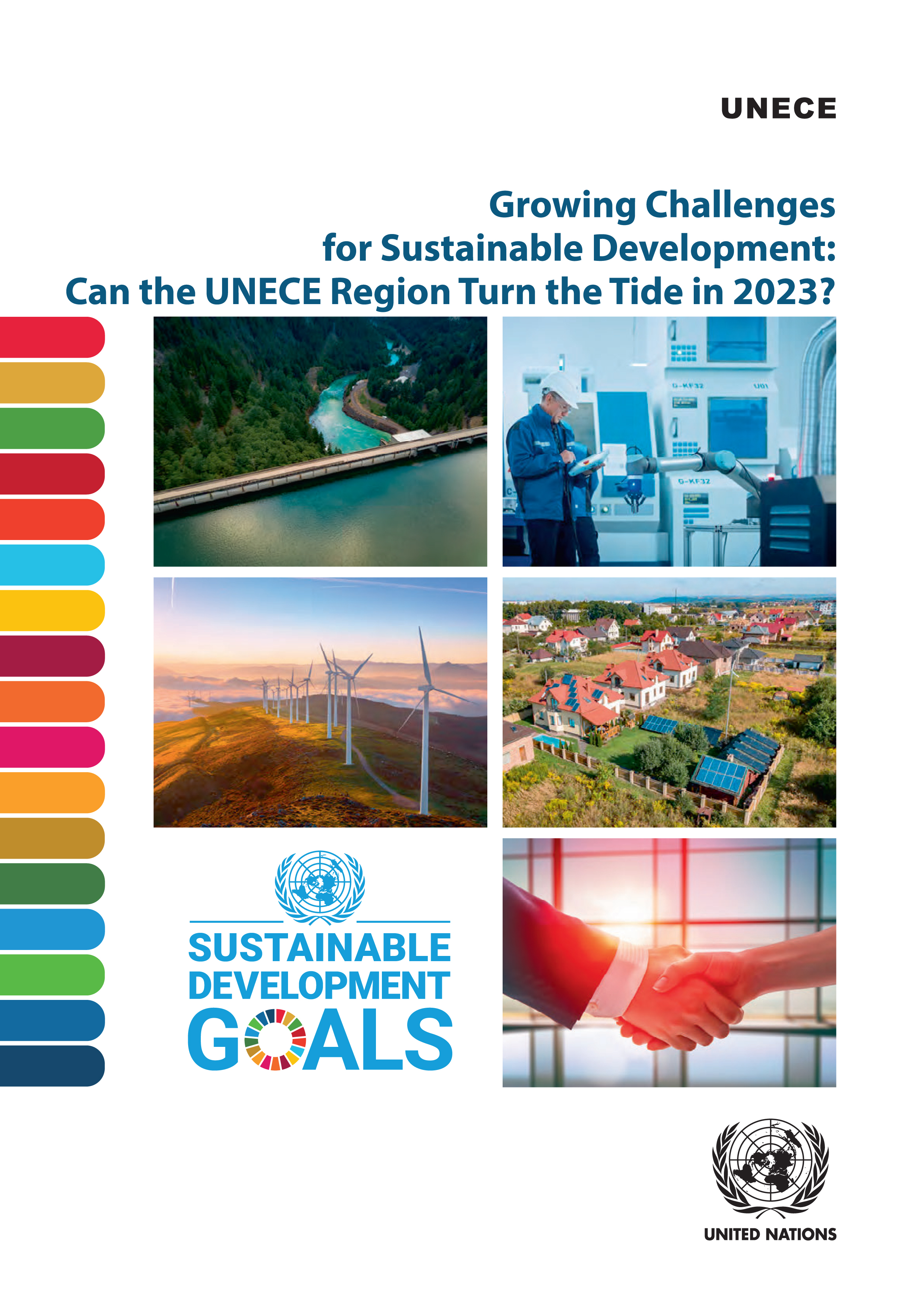
Growing Challenges for Sustainable Development
Can the UNECE Region Turn the Tide in 2023?
This publication assesses progress of UNECE countries towards achieving the Sustainable Development Goals, relying on the data available in the United Nations global SDG indicators database. Stories on specific topics provide a closer look at how various regional and country level actions relate to sustainable development outcomes. The assessment covers every goal and target for which there are data and for which it is possible to set a target value. The assessment looks at the trends at the regional level only. The 2030 Agenda for Sustainable Development recognizes the pivotal role of the regional dimension in its implementation, follow-up and review. Actions at the regional level bridge the global and national levels, and provide the necessary focus for international exchanges of experience and peer learning.
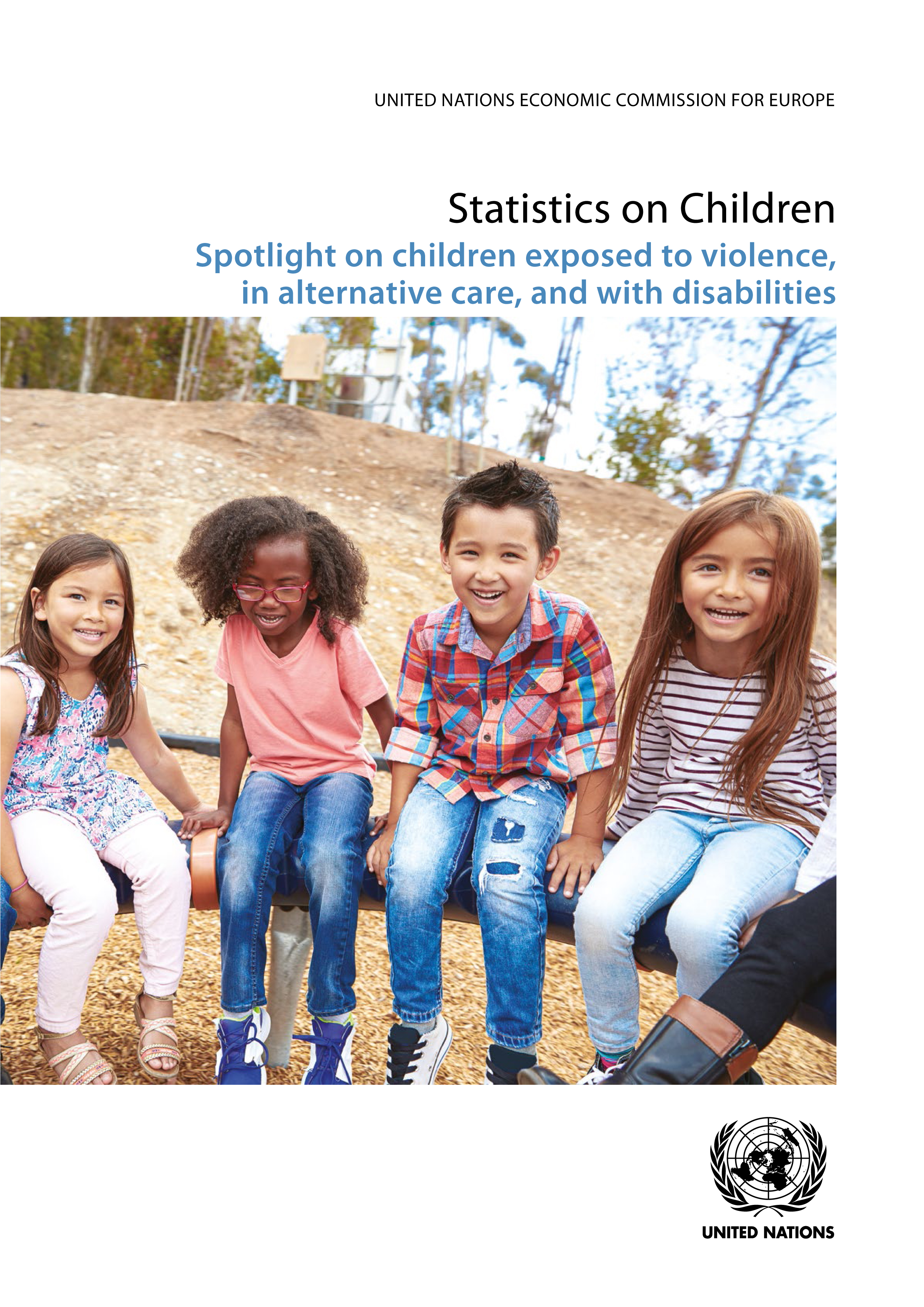
Statistics on Children: Spotlight on Children Exposed to Violence, in Alternative Care, and With Disabilities
This guidance aims to improve the availability, quality, and comparability of statistics on children. It provides information about the data sources, definitions, standards, and methods used in the collection of data and production of statistics on children and youth in countries participating in the Conference of European Statisticians. Focus is on three policy-relevant areas with methodological gaps: violence against children, children in alternative care, and children with disabilities. The Guidance includes recommendations to national statistical offices and suggests further work that could be undertaken at the international level for improving statistics on children.

Handbook on Forms of Employment
The Handbook presents a broad framework to classify and understand forms of employment, which is centered around two main dimensions: work relationships (as defined in the 2018 International Classification of Status in Employment) and work modalities (the way in which work is coordinated, performed, and compensated). To develop a full understanding of forms of employment, the Handbook provides definitions of the concepts of permanence and stability of employment. It also covers the broader context of forms of employment which includes person-level circumstances, social protection, and quality of employment to help better understand the impact of forms of employment on well-being. The Handbook provides definitions of key concepts, general principles and guidelines as well as a list of key recommended indicators with the goal of facilitating national statistical efforts to classify, measure and track diverse forms of employment relevant to their national context.
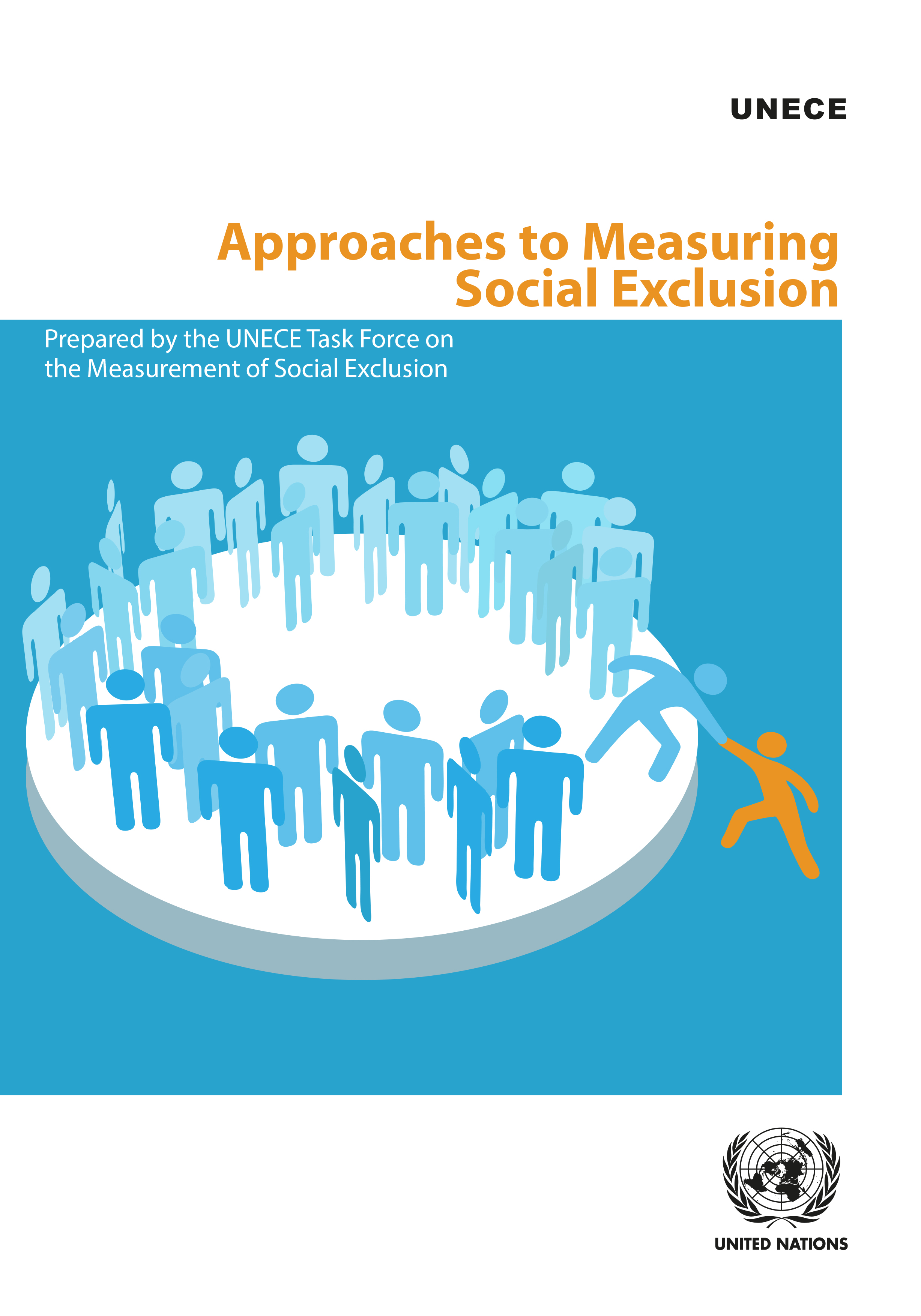
Approaches to Measuring Social Exclusion
The publication describes concepts of exclusion or inclusion, equalities and well-being, and leaving no one behind, in the context of individual societies. It considers specific policy examples from across the world which have impetus for measurement of these concepts. It also provides different approaches and examples of a range of different measurement frameworks to social exclusion, social inclusion, multiple deprivations or multiple inequalities, and well-being.
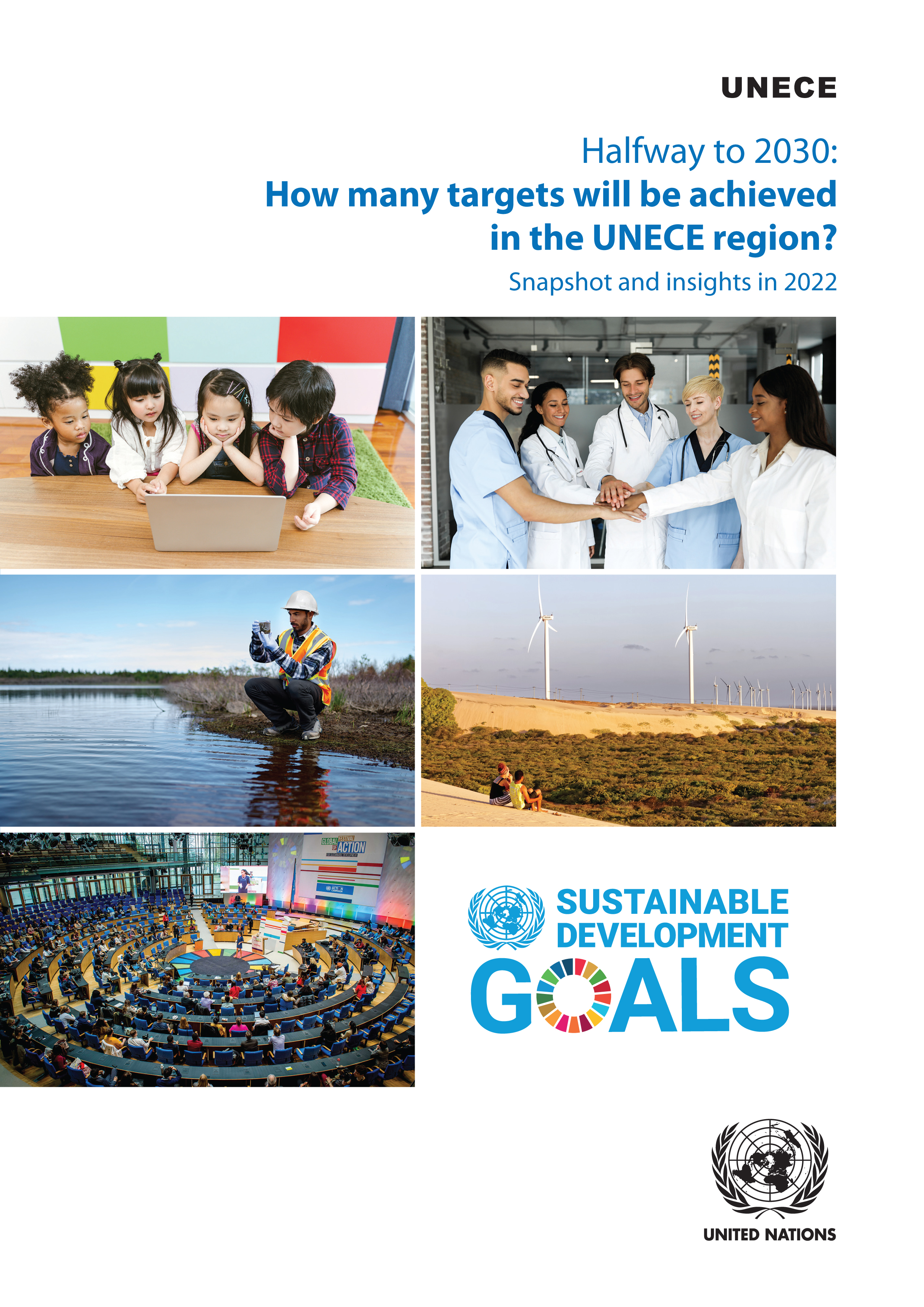
Halfway to 2030: How Many Targets Will be Achieved in the ECE Region?
Snapshot and Insights in 2022
The publication assesses progress towards the Sustainable Development Goals (SDGs) in the UNECE region (Europe, Noth America, and Central Asia) relying on most recent internationally available data and offers stories on how regional and country-level actions relate to sustainable development outcomes. The progress assessment identifies the targets on which the region is on track, where progress needs to accelerate, and where course has to be reversed. Comparison with the previous assessment brings out the impact of the pandemic on the progress towards SDGs. A closer look is taken at gender issues that cut across many Sustainable Development Goals.
